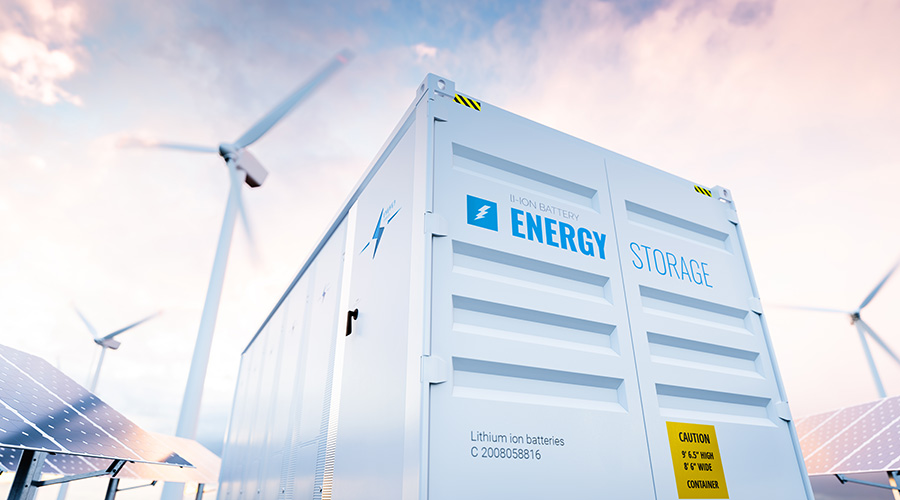LEED v3: How it has Changed
Sustainability is finally coming full circle. Many of the strategies being used to design and operate green buildings these days have actually been used for a long time, but are just now coming back into vogue.
Think back to a time when energy was expensive and not readily available. Transportation was costly. It was more cost-effective to use local or regional materials. Sites retained rainwater for consumption; sewage and silage were treated on site. Buildings had natural ventilation and provided a substantial number of air changes resulting in high indoor air quality.
As energy became abundant, readily available and inexpensive, the need to be sustainable diminished, and the old norm lost its importance. Economics changed, as developers took the stage and played a very important role in planning buildings to accommodate post-World War II population growth. Federal, state and local governments formulated policies that accommodated market forces and development economics rather than sustainability.
Now, the renewed emphasis on sustainability has reached a universal level, and more and more people understand how buildings affect the environment.
The U.S. Green Building Council’s LEED rating system has provided a framework to guide facility executives through sustainable projects. LEED has helped promote awareness for green design, operations and maintenance strategies. Few would dispute that LEED has improved the general attitude toward green building and how buildings affect the natural world.
Especially in these difficult economic times, where facility and design budgets are being squeezed, formal LEED certification may be an expense that is tough to justify. But that doesn’t mean facility executives should totally disregard LEED. The important thing to remember on any type of facility-related project is the consequences to the environment — and these can certainly be accounted for in LEED, even if plans for a formal certification are several years down the road. Each section of LEED provides a guide targeted at a particular area of sustainability. Understanding each category is important to understanding how LEED can be used as a guide to holistic green.
What You Need To Know About LEED v3
With the release of LEED v3 this April, the U.S. Green Building Council completed a sizable overhaul to its entire roster of LEED rating systems. Much has changed in the new LEED, from individual credit requirements to how much each credit is worth. Here is a list of some of the major changes facility executives should be aware of.
- LEED v3 actually refers to three different LEED initiatives: LEED 2009, LEED Online and a new certification model.
- LEED 2009 updates nine separate rating systems: LEED for New Construction, LEED for Existing Buildings: Operations and Maintenance, LEED for Core and Shell, LEED for Commercial Interiors, LEED for Schools, LEED for Homes, LEED for Retail, LEED for Healthcare, and LEED for Neighborhood Development.
- The LEED Online tool has been updated to make it easier for facility executives to go to the site, enter project details and be told which LEED rating system best fits their project. It also helps facility executives manage the entire process from registration to certification. Check it out at leedonline.usgbc.org.
- USGBC has delegated the project certification process to an organization called the Green Building Certification Institute (GBCI). This organization, which also manages the LEED Accredited Professional (AP) credential, has hired several third-party organizations to certify projects based on an ISO certification model. The goal of this new model is to speed up the process, make it more consistent and reduce the backlog of projects currently awaiting certification.
- GBCI has instituted several changes to the LEED AP program, including a credentialing maintenance system and two new designations: LEED Green Associate and LEED Fellow. For more information, visit www.gbci.org.
- Candidates for the LEED AP test have a choice whether to become credentialed in Operations & Maintenance, Building Design & Construction, or Interior Design & Construction. Each designation has its own exam.
- Credits for all rating systems have been re-weighted so that each rating system is now on a 100-point scale (with six more points available for Innovation and four for the newly added regional priority credits). For all rating systems, Certified is 40-49 points, Silver is 50-59, Gold is 60-79, and Platinum is 80 or more.
- Energy efficiency and strategies that reduce carbon dioxide emissions, such as using alternative energy, metering, and commissioning, have been weighted more heavily in the LEED 2009 rating systems. For example, in the new version of LEED for Existing Buildings: Operations and Maintenance, facility executives can get up to six points for using renewable energy, whereas in the previous version, the maximum was four points.
- Another major change in terms of credit requirements in LEED for New Construction is that a 20 percent reduction of in-building water use is now a prerequisite, as opposed to an optional credit.
- USGBC now asks that project teams commit to sharing energy and water data on their buildings for a minimum of five years via a free online tool. The goal for this requirement is to create a built-in study for green building data to compare with traditional building water and energy use.
— Greg Zimmerman, executive editor
|
Related Topics:

















